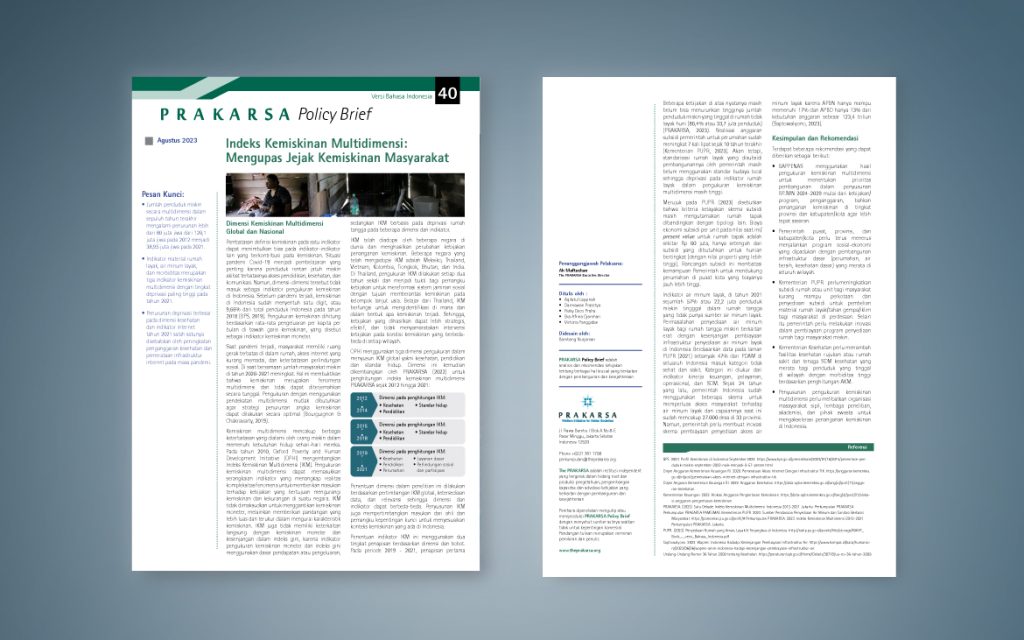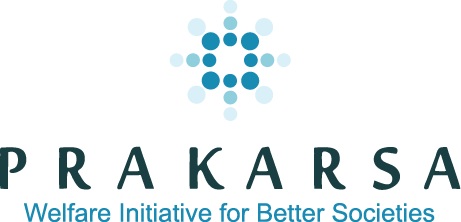
Restricting the definition of poverty to one indicator can lead to bias in other indicators that contribute to poverty. The Covid-19 pandemic situation is an important lesson because people are vulnerable to falling into poverty due to limited access to education, health and communication. However, these dimensions are not included as indicators for measuring poverty in Indonesia. Before the pandemic occurred, poverty in Indonesia had touched single digits, or 9,66% of Indonesia's total population in 2018 (BPS, 2019). Poverty measurement is calculated based on the average expenditure per capita per month below the poverty line, which is referred to as the monetary poverty indicator.
Multidimensional poverty includes various limitations experienced by poor people in meeting their daily needs. In 2010, the Oxford Poverty and Human Development Initiative (OPHI) developed the Multidimensional Poverty Index (IKM). Multidimensional poverty measurement can include a series of indicators that capture the reality of the complexity of the phenomenon to provide input for policies aimed at reducing poverty and deprivation in a country. IKM is not intended to replace monetary poverty, but instead provides a broader and measurable view in parsing the characteristics of poverty. SMEs also do not have a direct relationship with monetary poverty and the gap in the Gini index, because the indicators for measuring monetary poverty and the Gini index use income or expenditure as a basis, while SMEs are based on household deprivation in several dimensions and indicators.
From 2012 to 2021, the number of multidimensionally poor people will experience a continuous decline. The multidimensionally poor population has decreased by more than 80 million in the last ten years, from 2012 million in 120,1 to 38,95 million in 2021. This decrease in the multidimensionally poor population has caused the multidimensional poverty rate to fall from 48,98. 2012% (14,34) to 2021% (XNUMX).
The largest decrease in the number of poor people occurred in 2019-2020 with a total of 14 million people. In general, the decline in the multidimensional poverty rate in the 2019-2020 period was due to the significant increase in the use of internet access indicators, especially during the Covid-19 pandemic which began in early 2020.
The Indonesian government has been trying to reduce poverty since the last few decades. This effort is carried out through several programs including the provision of social assistance in the form of direct cash assistance (BLT), fuel subsidies (BBM), assistance with educational costs such as the Smart Indonesia program, the Family Hope Program, as well as the National Health Insurance and Employment Security Programs.
Read the full Policy Brief volume 40 entitled "Multidimensional Poverty Index: Exploring Traces of Community Poverty" via the following IKM website:

